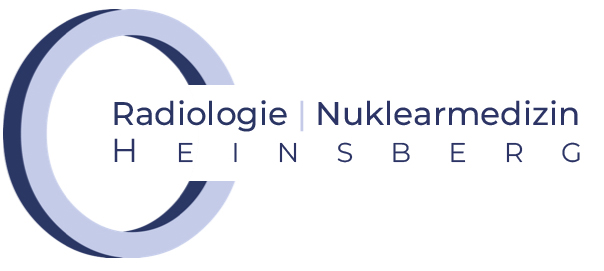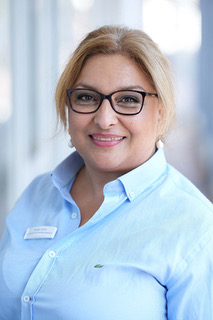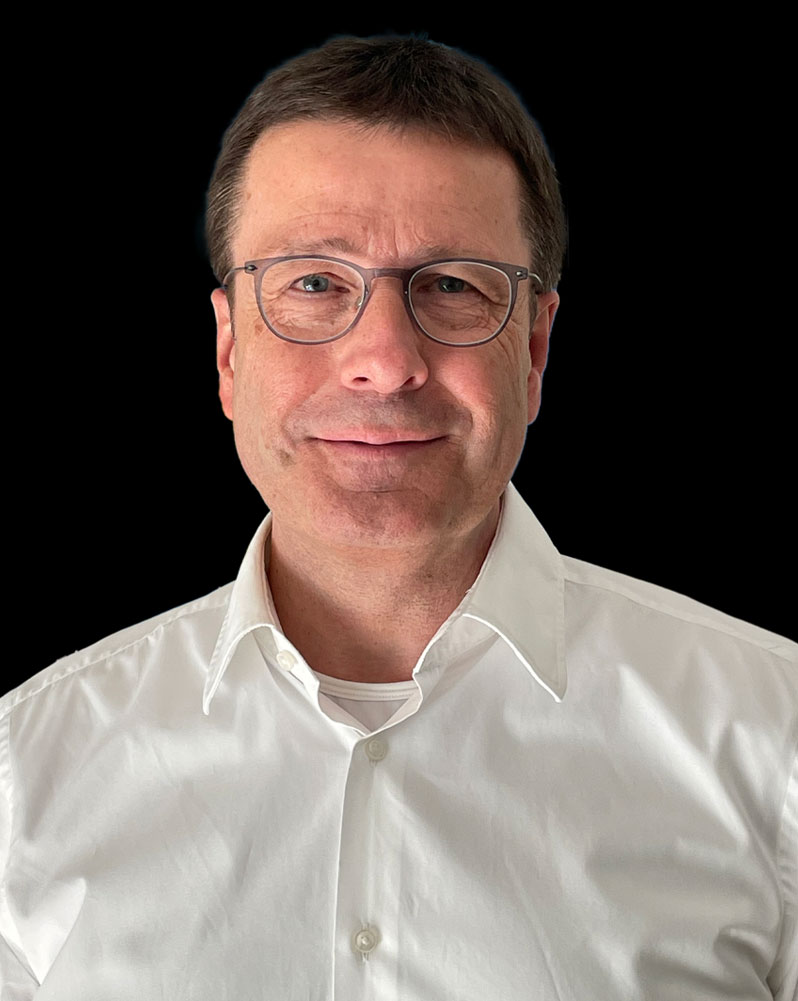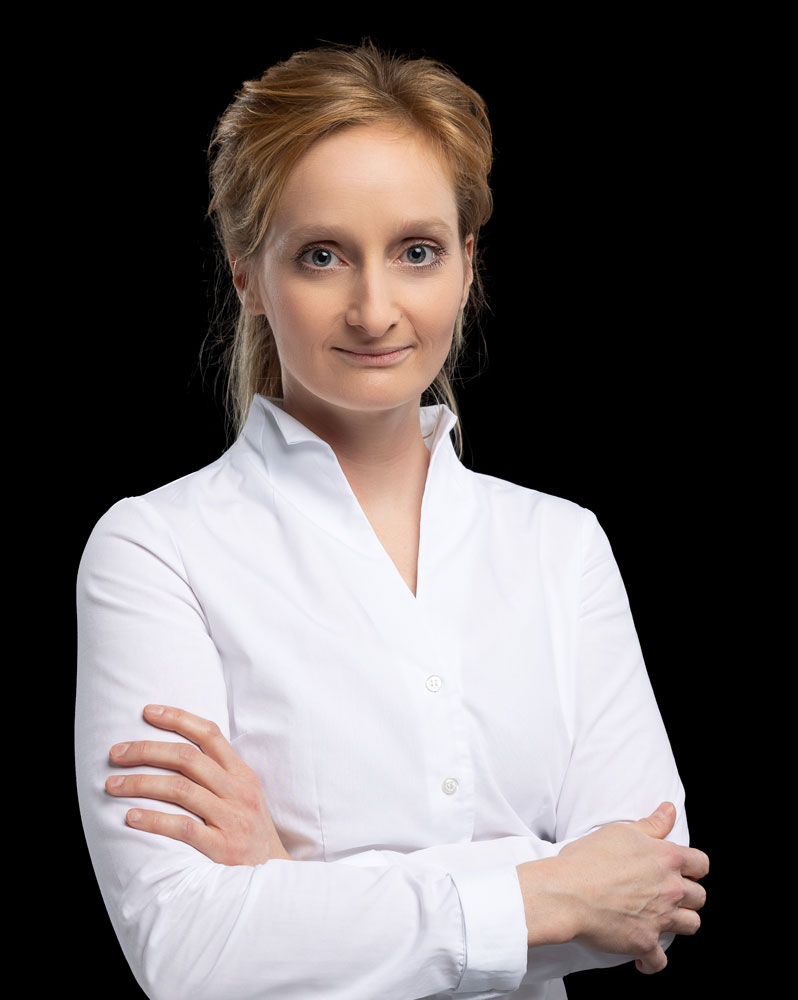DEXA bone density measurement
In our radiology department in Heinsberg, we offer the only recognised and reliable technique for determining bone density.
With advancing age, there is naturally a decrease in bone mass and therefore also in bone density. We use Dual Energy X-Ray Absorptiometry (DEXA) to recognise the risk of bone fractures at an early stage, particularly in people with reduced bone density.
The DEXA technique, also known as osteodensitometry, DXA or DPX, is a medical-technical procedure for determining bone density or the calcium salt content of bones. This procedure, which is recommended by medical associations worldwide, is considered the most reliable for assessing bone strength and fracture risk.
Bone density measurement using DEXA is a fast, precise and non-invasive diagnostic tool for detecting osteoporosis and osteopenia (reduction in bone density before osteoporosis occurs).
DEXA bone density measurement
ALL INFORMATION AT A GLANCE
Technology
Safety
Areas of application
Image quality
Patient comfort
Procedure
Before examination
- Medication:
During the examination
The following points must be observed during the bone density measurement using DEXA:
- Instructions
- Positioning:
- Keep still:
- Short duration:



